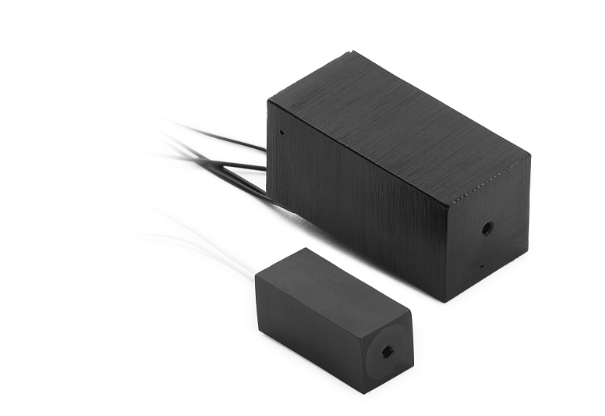Thermal Compression Bonding (TCB) is a key microelectronics method that makes stable connections between semiconductor device components. TCB is a popular approach for accurate and high-performance bonding as downsizing and functionality grow. This detailed investigation of Thermo Compression Bonding will reveal its concepts, methods, and many benefits in the ever-changing world of microelectronics.
Benefits of Thermo Compression Bonding
1. High Precision and Miniaturization:
Due to its accuracy, Thermo Compression Bonding is suited for microelectronic applications. TCB satisfies the growing need for bonding technologies that can handle complicated structures with sub-micron precision as electronic devices decrease.
2. Low Thermal Budget:
TCB is known for its low thermal budget, operating at lower
temperatures than other bonding methods. This is particularly useful for bonding assemblies with temperature-sensitive components, providing strong connections without damaging delicate device architectures.
3. Material Compatibility:
Thermo Compression Bonding is versatile and material-compatible. It may be used on metals, semiconductors, and insulators without affecting the bonded components. This versatility makes TCB appropriate for many semiconductor applications.
4. Reduced Residue and Contamination:
Thermo Compression Bonding’s solid-state nature reduces residue and contamination compared to alternative bonding processes. The direct bonding of materials without extra agents reduces the danger of residual contaminants impacting device performance.
5. Improved Electrical and Thermal Performance:
TCB creates metallurgical linkages with high electrical and thermal conductivity. This helps microelectronic devices transport signals and heat efficiently, improving performance and reliability.
6. Mass Production Scalability:
Thermo Compression Bonding is appropriate for semiconductor manufacturing facilities due to its scalability. The electronics sector requires high-volume manufacturing, thus reproducing the bonding process is crucial.
7. Wafer-Level Bonding Compatibility:
TCB ensures smooth integration with this crucial semiconductor production process. Compatibility permits complicated structures and connections to be created directly on the wafer, simplifying microelectronic device production.
8. Improved Mechanical Strength:
Thermo Compression Bonding creates connections with exceptional strength. Heat and pressure bind materials, creating connections that can endure mechanical loads and environmental variables, making the electrical gadget more durable.
9. Wide Application:
Thermo Compression Bonding is used in telecommunications, automobile electronics, medical equipment, and more. The versatility and dependability make it ideal for bonding key components in various electronic devices.
Future challenges and trends
While Thermo Compression Bonding has many benefits, it also has drawbacks and opportunities for improvement:
- Further study aims to optimize the Thermo Compression Bonding technique. This involves improving heat and pressure settings, investigating novel materials, and improving bonding efficiency.
- Enhancing automation in TCB operations is a continuous development area. This involves using modern robots and machine learning algorithms to improve bonding accuracy and reliability in high-volume production.
- Deeper understanding of molecular interactions between materials is essential for improving Thermo Compression Bonding. Understanding how various materials bind helps increase bond strength and dependability.
- Continuous improvements in bonding materials, such new solders and adhesives, increase Thermo Compression Bonding. Customizing these materials for individual applications ensures compatibility and performance.
- IoT, 5G, and AI will drive demand for microelectronics with enhanced performance and downsizing. Thermal Compression Bonding must adapt to these new technology.
Thermo Compression Bonding is a microelectronics staple for accurate and stable connections. High accuracy, low thermal budget, and scalability are its benefits.













